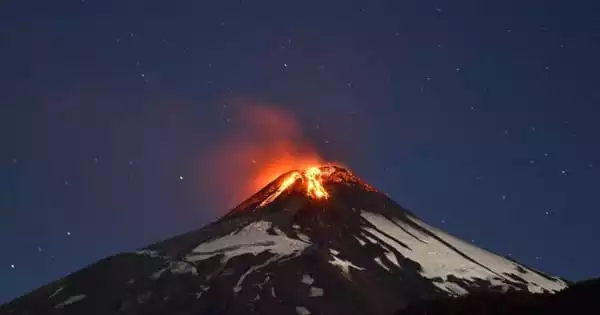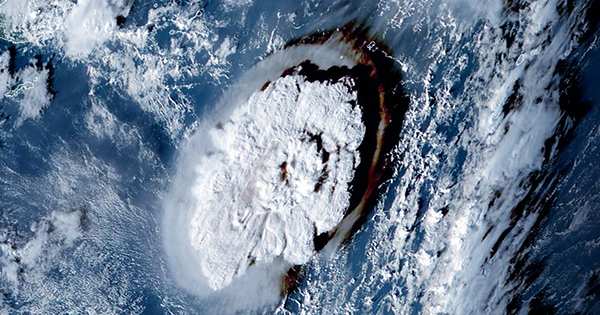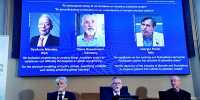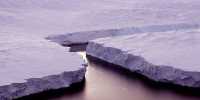The enormity — and lethal implications — of last week’s Hunga Tonga-Hunga Ha’apai eruption are now being assessed, with scientists assessing the explosion’s strength, which satellites captured producing ripples in the atmosphere. The explosion had a radius of 260 kilometers (161.5 miles) and spewed ash 20 kilometers (12.4 miles) into the atmosphere, releasing tremendous amounts of energy, according to local officials, according to NASA’s Goddard Space Flight Center’s head scientist James Garvin. The eruption released the equivalent of 10 megatons of TNT, making it one of the most powerful eruptions in the last 30 years.
Mount Pinatubo in the Philippines erupted in June 1991, releasing almost 20 times more thermal energy than the Hunga Tonga-Hunga Ha’apai event. It is tough to imagine such a massive burst of energy. It is more than 500 times more powerful than the atomic bomb dropped on Hiroshima in 1945, which killed over 90,000 people, and it’s 9,000 times more powerful than the explosion in Beirut’s harbor in 2020, which killed 210 people and injured thousands more.

The volcano was submerged, and it had been seeing an uptick in activity during the previous month. The inhibited island of Hunga Tonga-Hunga Ha’apai appeared as two islands on its top, which joined in 2009 and now separated again due to this latest incident. Because earthquakes rather than undersea volcanoes normally trigger tsunamis, experts are currently examining how the eruption generated such a huge tsunami that traveled over the Pacific.
The death and devastation situation in Tonga is still unknown, while three individuals have been confirmed deceased and several others are still missing. During the eruption, undersea telecommunications and internet cables were broken, severely limiting connection to and from the Pacific Kingdom.
However, first flights by planes from New Zealand indicate that scores of dwellings have been demolished as the huge wave overwhelmed several of the 36 inhabited islands. They are now dealing with the ash layer left behind by the eruption, which has hampered flights and contaminated drinking water.
Two people died in Peru, 10,000 kilometers (6,100 miles) distant, and the tsunami hit Samoa, Japan, Australia, Hawaii, New Zealand, and Chile. While communications are restored, the government of Tonga is developing a strategy for prioritizing help, protecting the country’s 100,000 inhabitants, as the country is COVID-free, and there is concern that relief workers may bring the virus with them.















